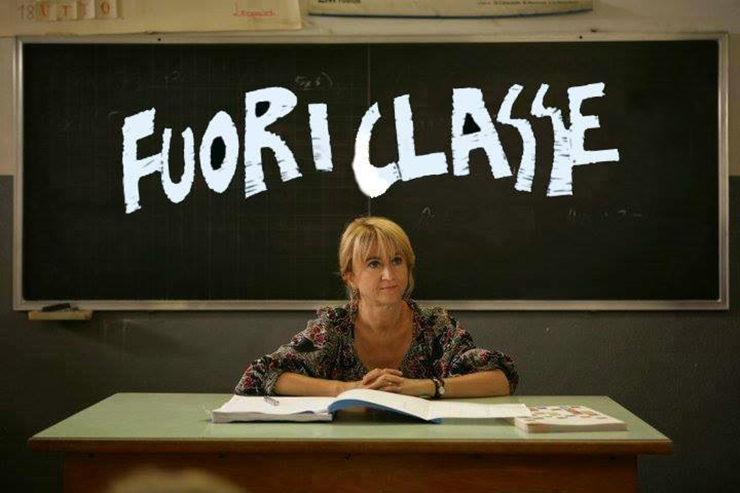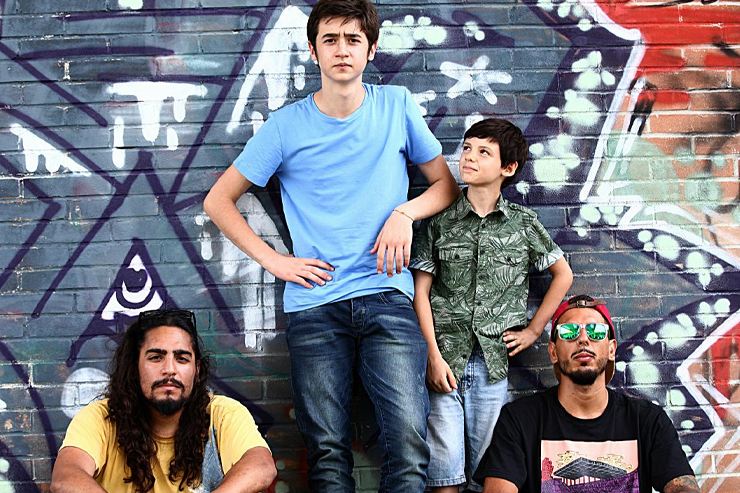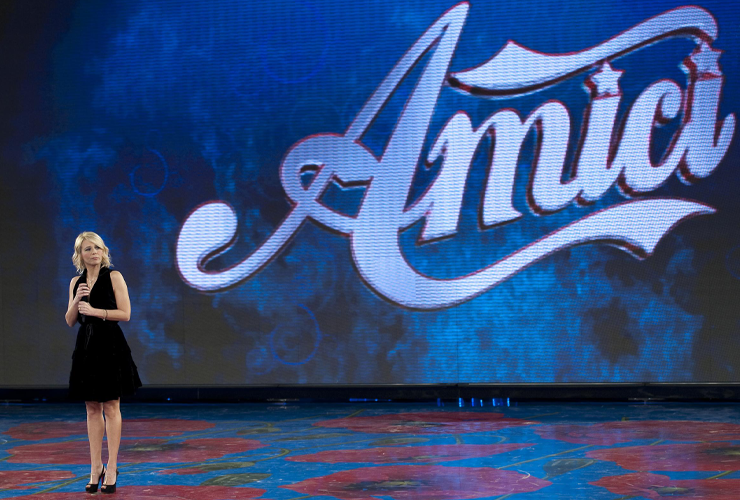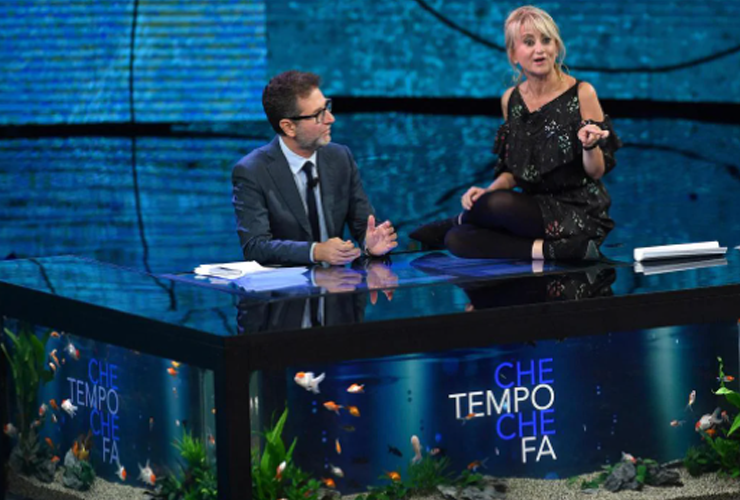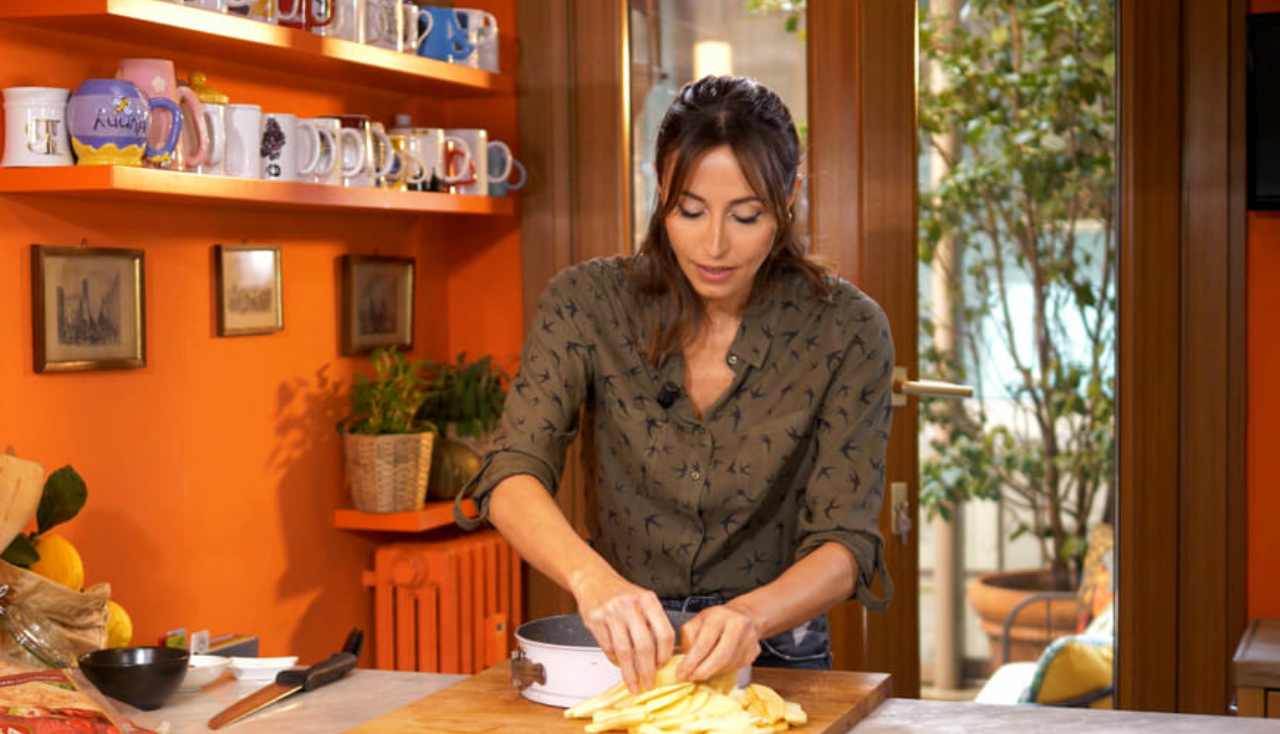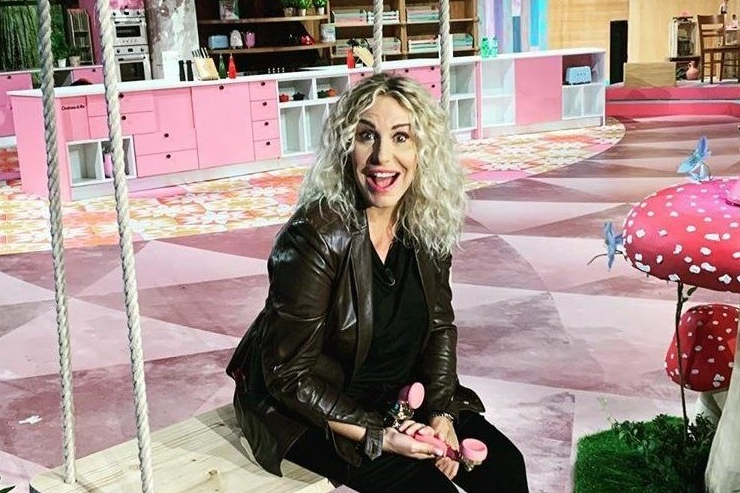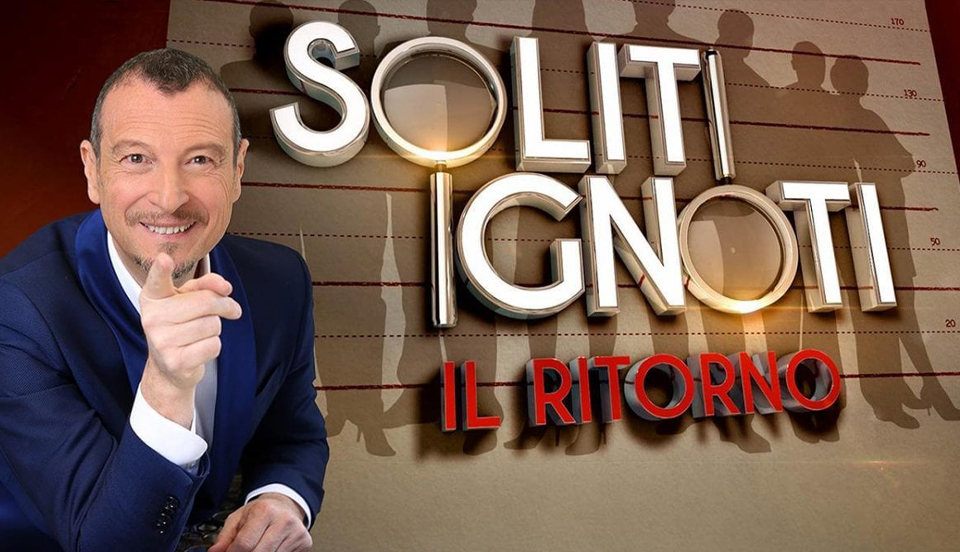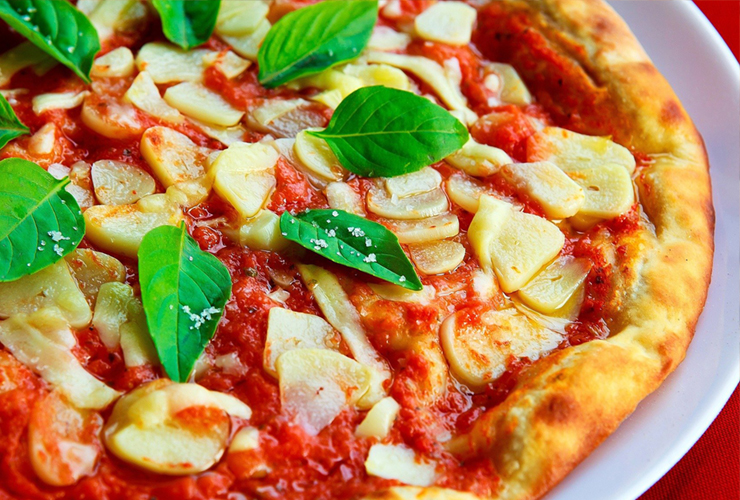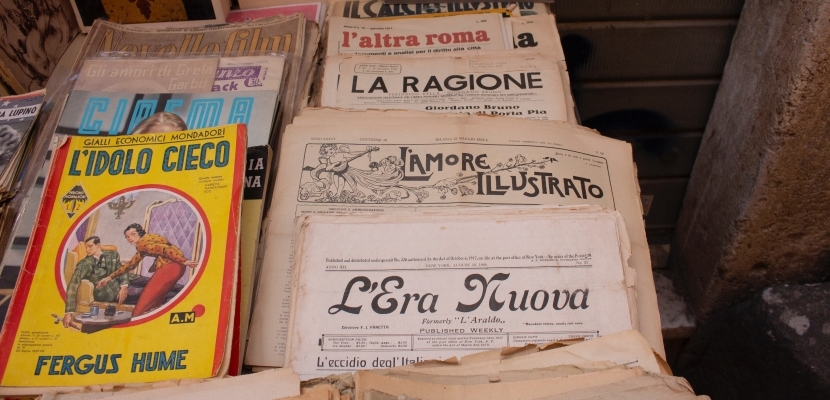Italian Desserts and Food
Above all, Food and Italian desserts are surely the first things that occur in your mind when you think about Italy.
In fact, we all know that Italians love to spend hours around the table with family and friends. It does not matter whether it is Sunday, or your birthday or a festivity, on these occasions there are two very important things to remember. First, you will never know when lunch or dinner will end. Second, no matter how full you are, there is always room for dessert.
All Italian desserts are truly representative of the peninsula and carry with its centuries of history, heated discussions on the place of birth, as well as recipes’ and linguistic contamination, which lead to a bunch of funny Italian desserts’ names. On the one hand, neighboring regions have similar desserts which differ only in names and few ingredients. On the other hand, unique samples of regional pastry do exist.
And now, without any further ado…
Finally, let us get started with some of the most beloved Italian desserts that you cannot miss to try out once you are in Italy!
1. Strudel

Let’s begin with one of the tastiest Italian desserts of Trentino Alto-Adige: apples’ strudel. It roots back to Austrian Empire and the oldest recipes are from the late 1600.
First of all, the elastic pastry is traditionally made from flour, water, oil, and salt. Then, once the thin dough is ready, it is laid out on a tea towel and filled with apples’ cubes, pine nuts, raisin, butter, and cinnamon. Finally, the pastry is rolled up very carefully and baked in the oven. Usually, it is served a little warm with vanilla ice-cream or cream.
In conclusion, these are reasons why strudel is perfect both at the end of the meal or as a snack in the afternoon. For example, you can enjoy it after a long promenade along the picturesque streets of Bolzano.
2. Sbrisolona
To continue, Sbrisolona is another delightful Italian desserts in the north-west of Italy. Primarily, this cake was invented in the Lombardy region. Later, it has spread in the nearby areas. The name comes from the Mantuan dialectal word “brisa” (crumb).
In short, Sbrisolona has poor origins: originally it was made from corn flour, lard, and hazelnuts. Nowadays, it is slightly different: yellow and white flour, sugar, butter, almonds, eggs, and lemon peels.
Furthermore, the quick mixing of the ingredients and its irregular texture is unique: the right way to eat it is to roughly break it with your hands and soak the pieces in the grappa, a typical northern liquor.
3. Bonet
Again, when we talk about north-west Italy, we cannot not mention the Piemonte region and the prince of all Italian desserts: the Bonet.
In short, Bonet is a pudding made from eggs, sugar, milk, cocoa, amaretti and liquor. Originally, the digestive Fernet was far more used, whereas today the Rum often replace it.
Specifically, the name is the dialectal word for “hat”, whose shape is recalled by the bonet’s mold. Surely this pudding is very easy to prepare: all you must do is whisk the ingredients together, put in the mold and cook in a Bain Marie to dry the mix.
Therefore, it is a simple and exquisite ending for your meal, especially if desserts’ wine accompanist it: for example, a Monferrato Chiaretto or a sparkling pink.
4. Cantucci

Principally, one of the most notorious Italian desserts in Tuscany is the so-called Cantuccio (Cantucci is the plural), of Tuscan city of Prato.
Moreover, the pastry chef Antonio Mattei rediscovered the original recipe and readapted it, and today his variation is accepted as the traditional one. In the XIX century Mattei brought his recipe to the Exposition Universelle in Paris and had won a special mention. Nowadays, his pastry shops the Mattonella, is still open in Prato and it is the perfect place to taste the original Cantuccio.
Lastly, this twice-baked, oblong, dry, crunchy biscuit is delicious at any time of the day. Indeed, it is usually served as an after-dinner dipped in a local wine, the Vin Santo.
5. Maritozzo
Meanwhile, our journey of Italian desserts proceeds. We have now reached the Lazio region. First of all, here we can taste Maritozzo. It is a soft brioche sliced in two, filled with whipped cream and traditionally also with pine nuts, raisins, and orange peel.
If you have been careful, you have surely noticed that the name recalls the Italian word “marito”, husband. In fact, it seems that in the Roman empire the brides-to-be used to receive this sweet from their fiancé, who sometimes ceiled in it a small gift, for example a ring.
In conclusion, the Maritozzo is usually a rich breakfast or snack, served with coffee, cappuccino, or another hot drink.
6. Pastiera

In addition, Neapolitan Pastiera is one of the most famous Italian desserts. It is a typical Easter sweet, whose origins blurred in a great number of legends.
First, the short pastry is filled with ricotta cheese (or sometimes with pastry cream), sugar, eggs, candied fruit, and wheat boiled in milk, then flavored with orange flower water. To continue, on the top of the cake are added some stripes of short pastry, that is assumed to represent the map of historic center of Naples.
Traditionally, the Pastiera is baked on Maundy Thursday or Good Friday and then it is exchanged between families as an Easter gift. As a result, in every home the fridge is full of a bunch of Pastiere (plural form) and an actual competition for the best one begins.
Eventually, this dessert is served at the end of the Easter lunch in the same mold (called ruoto) in which it is baked.
7. Babà

Above all, Babà is the unquestioned king of Neapolitan pastry-making, even though it is an Italian desserts that has Polish and French origins.
In particular, this is a yeast cake, dipped in a syrup made from sugar, rum or other liquor and spices. However, it can also be filled with whipped cream or pastry cream.
In conclusion, you can eat it on every occasion. Moreover, pastry shops in Naples have now reinvented it in several ways: indeed, in their windows you can see not only the traditional shapes, but also Babà filled with ice-cream, cups with layers of pastry cream and Babà or enormous Vesuvius-shaped versions of this sweet.
8. Sfogliatella

As for the Pastiera and the Babà, the Sfogliatella too is one of more traditional Italian desserts from Campania.
Originally, it was created in a monastery on the Amalfi Coast. Later, a Neapolitan pastry chef acquired the recipe and began selling it.
Above all, the choice of the perfect Sfogliatella is a serious matter for Neapolitans and everyone has his favorite shop. Still, only two of them are notorious for baking an extraordinary Sfogliatella: “Scaturchio” in the historic center of Naples and “Attanasio”, specialized only in Sfogliatelle and located near the central station of the city.
Also, you can find two version of Sfogliatella: Sfogliatella “riccia”, a curly shell-shaped puff pastry and the “frolla” one, made with a round-shape short pastry. Both are filled with semolina, candied fruit, sugar, ricotta cheese, eggs, and vanilla essence.
To conclude, as tradition dictates, you can eat Sfogliatella during the Carnival lunch. Still, this sweet is not only an ideal breakfast for Neapolitans, but also a rich snack in the afternoon.
9. Pasticciotto

After that, we finally left Campania region, heading to another Southern area of Italy: Apulia. Here, in enchanted spots of nature and sea you will find another dessert officially recognised as one of the most typical Italian desserts of the region: the Pasticciotto.
To start, we have to say that the two Apulian cities most famous for the Pasticciotto are Lecce and Galatina, in the Salento area. In fact, the local pastry chefs created a simple but unique sweet. It is an oval shell-shaped short pastry filled with pastry cream, but today many versions can be found.
However, they are typically eaten as a breakfast item or throughout the day, but rigorously warm. To conclude, what’s better than biting a Pasticciotto while exploring the beautiful Apulian land?
10. Pitta ‘mpigliata
Above all, this is one of Italian desserts with such a strange name and it is a traditional pastry of San Giovanni in Fiore, a city in the Calabria region. Firstly, the word “Pitta” probably comes from the Hebrew and Arabic word “pita”, which means crushed, pressed. However, it was probably invented in the XVIII century and was usually prepared for wedding ceremonies, while today has become an Easter and Christmas dessert.
In particular, the Pitta is made of hard wheat sheets’ layers alternated with a mixture of raisins, almonds, mandarin orange liquor, sugar, cinnamon and clove. Afterwards, once it is baked, the pitta is sprinkled with Cognac or Vermouth.
Also, there is the old custom to bake the pitta a week before Easter in the oven of local bakeries. However, on this occasion, in order to distinguish one’s’ pitta from the others, everyone put on his own dessert a recognition sign, like a comfit or an olive branch.
To conclude, even if nowadays a Pitta can be found everywhere in Calabria region, the authentic one is only in San Giovanni in Fiore and that’s why the city is working hard to gain the important D.O.P certification (P.D.O.).
11. Cannolo

Meanwhile, we finally landed in Sicily, homeland of the worldwide famous Italian desserts and in particular of Cannolo (Cannoli for the plural). As we can see, this is a sweet probably invented during the Arabic domination.
First of all, the name comes from the word “cane”, because at first it was thanks to the river canes that the typical tube shape was formed.
In particular, the fried shell is filled with a mixing of sheep’s ricotta cheese and sugar and then decorated with candied fruit, chocolate chips or chopped pistachios. However, to avoid that the humidity of the creamy filling ruins the crunchy shell, pastry chefs began to cover its inside with chocolate.
To conclude, while this dessert was once prepared on Carnival festivities, today there’s not a special occasion on which it is eaten.
12. Cassata
To continue, this is one of Italian desserts that you have surely heard about: this beautiful Sicilian sweet consists of a round sponge cake sprinkled with fruit juice and liquor, layered with the same creamy filling of the Cannoli and then covered with marzipan.
First of all, we have to say that he decoration is made with pink and green icing, candied fruits and other decorative items that create a baroque work of art. Nevertheless, in the city of Palermo it is still possible to find the first version of the cassata, which is short pastry with ricotta filling with no decorations or candied fruit at all.
To conclude, even if there isn’t a precise period of the year when the cassata is prepared, this cake is certainly a very appreciated gift during the Easter and Christmas festivities.
13. Seada
Finally, here we are at the end of our journey and discovery of Italian desserts. Last but not least, we got to the enchanting Sardinia, famous for its production of Pecorino cheese, which is actually the main ingredient of the Seada, the traditional Sardinian dessert. In particular, this sweet consists in a large semolina dumpling filled with pecorino cheese and lemon peel, fried in olive oil or lard.
Traditionally, the Seada is then served warm and covered with honey. However, its peculiar name comes from a local type of wheat called “cebada”, which is the basic ingredient for the dumpling. Moreover, the dessert was first prepared on the mountains of the Ogliastra area, in the north of the island. Finally, from those mounts, it eventually spread all over Sardinia where sweet white wines accompany it, like the Malvasia di Bosa.
Dear friends, even if it’s been an extremely quick journey, I hope that you enjoyed it.
However, just in case you are dying to do some of these Italian desserts on your own, I’ll leave below a list of useful words that can help you out with Italian recipes. Have fun!
Vocabulary for Italian desserts 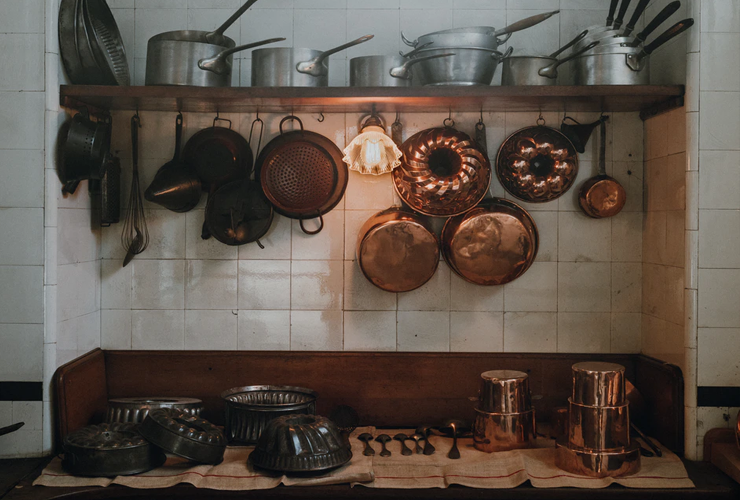
Let’s start from the kitchen utensils and cutlery.
| frullatore | blender |
| paletta per dolce | cake slice |
| tagliere | cutting board |
| frusta elettrica | electric whisk |
| grattugia | grater |
| frullatore a immersione | hand-held blender |
| siringa per dolci | icing syringe |
| spremiagrumi | juicer |
| stampo | mould |
| rotella tagliapasta | pastry cutting wheel |
| mattarello | rolling pin |
| setaccio | sifter |
| spatola | spatula |
| colino | strainer |
| frusta | whisk |
| mestolo | wooden spoon |
Ingredients for Italian desserts
Let’s s continue with the Ingredients, creams and doughs.
| farina | flour |
| grano | wheat |
| semola | semolina |
| uova | eggs |
| albume | egg white |
| tuorlo | yolk |
| zucchero | sugar |
| latte | milk |
| ricotta | ricotta cheese |
| vaniglia | vanilla |
| cannella | cinnamon |
| lievito | yeast, baking powder |
| burro | butter |
| strutto | lard |
| olio | oil |
| miele | honey |
| glassa | icing |
| frutta candita or canditi | candied fruit |
| uva passa | raisin |
| mandorla | almond |
| nocciola | hazelnut |
| pasta frolla | short pastry |
| pasta sfoglia | puff pastry |
| pan di spagna | sponge cake |
| crema pasticcera | cream, custard |
| panna montata | whipped cream |
| budino | pudding |
| marzapane | marzipan |
Useful Italian verbs for desserts

Here some useful verbs useful to follow the Italian recipes.
| aggiungere | to add |
| infornare | to bake |
| tritare | to chop |
| tagliare a dadini | to dice |
| immergere | to dip |
| friggere | to fry |
| grattugiare | to grate |
| impastare | to knead |
| mescolare | to mix |
| versare | to pour |
| stendere con il matterello | to roll out |
| affettare | to slice |
| bagnare | to wet |
| montare | to whip |
In this article, I wanted to take you on a virtual journey to the discovery of the sweet Italian desserts and fragrances. Indeed, I selected some examples of Italian desserts traditions from North to South. However, although you must consider that it has been a really difficult task that left me guilty for everything I left out (sincere apologies to our Italian friends that may feel neglected) I also added some recipes just in case you want to test your cooking skills or feel a true Italian.


